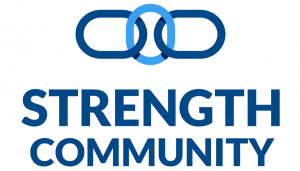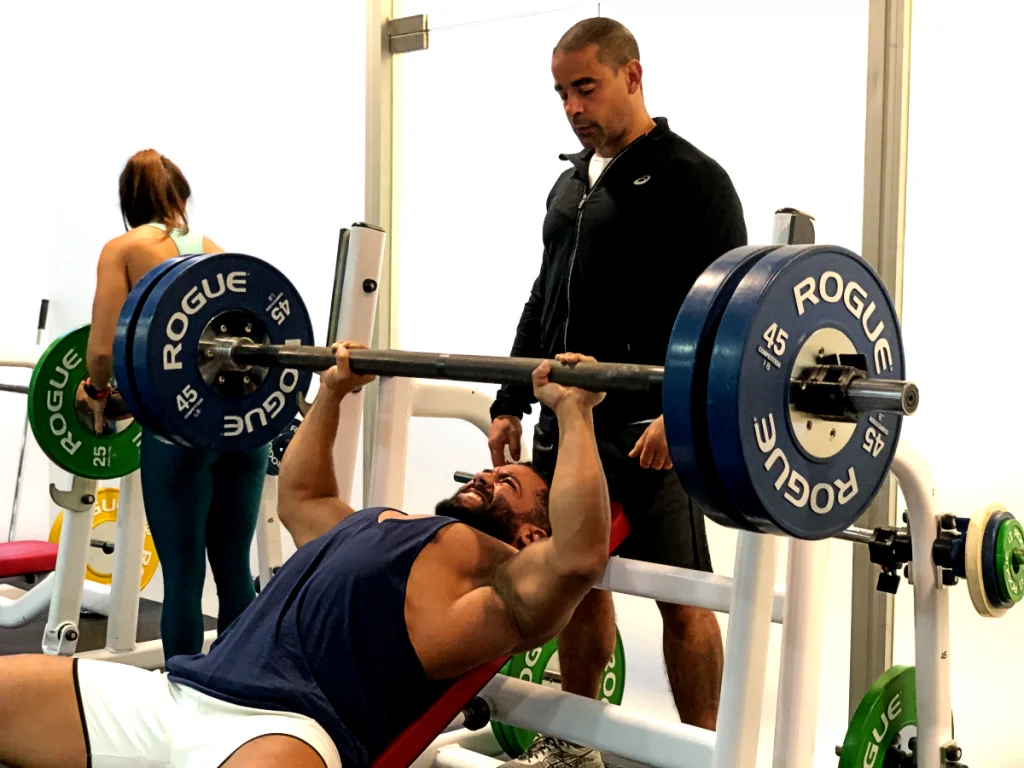There are thousands and thousands of hypertrophy programs out there, some of them work and some others are useless.
This time I will focus more on the principles behind One of My Favorite Ways to Train for Hypertrophy and then I will provide the actual program explaining possible modifications depending on your or your athletes’ or client’s goals and needs.
The Principle #1
The first principle refers to the central nervous system (CNS) activation. According to research and clinical experience, the way to reach that purpose is to lift heavy weights. The closer you are to your 1RM, the more the CNS will activate. This doesn’t mean that everyone should lift that heavy for the purposes of this training program, because not every person can or should go that intense, but more of that in a moment. The exercises needed to accomplish the CNS activation are basic, free weights, compound movements, like squats, chins, dips, bench press, etc.
The Principle #2
The second principle is to take advantage of that CNS activation in order to elicit better hypertrophy gains in the already activated muscle fibers and also the ones that were not fully used. Basically, you can use heavier weights than normal, because of the excitement of the motor units. In this part we will use higher reps that on the activation section of the training program, addressing the same muscle group chosen for the CNS activation. The exercises for this section can also be basic, free weights, compound movements, or you can also go into isolation patterns. The chosen one will always depend on the goal and need.
The Functional Hypertrophy Program
Taking in count those 2 principles the program for functional hypertrophy can look like this:
| Order | Exercise | Sets | Reps | Tempo | Rest |
| A1 | Chin-Ups Mid Neutral Grip | 6 | 2-4 | 4-0-X-0 | 120 |
| A2 | Bench Press Flat with Barbell | 6 | 2-4 | 4-0-X-0 | 120 |
| B1 | Rows T-Bar Wide Pronated Grip | 4 | 6-8 | 3-0-X-1 | 10 |
| B2 | Rows Seated Mid Supinated Grip to Waist | 4 | 6-8 | 3-0-X-1 | 120 |
| B3 | Bench Press 30˚ Incline with DB Neutral Grip | 4 | 7-9 | 3-1-X-0 | 10 |
| B4 | Dips for Chest on V-Bars | 4 | 7-9 | 3-1-X-0 | 120 |
As you might already guess, there are lots of possible variations and they will depend on the goals and needs, and here are a couple of cases to point you in the right direction.
If Your Trainee Requires More Hypertrophy
Let’s say your athlete needs more hypertrophy or his neurotransmitter profile is not the one of those who can go really heavy. In this case you can simply increase the number of reps and tempo on both parts of the routine and you’ll get the desired effects. Here is an example of that change:
| Order | Exercise | Sets | Reps | Tempo | Rest |
| A1 | Chin-Ups Mid Neutral Grip | 6 | 4-6 | 5-0-X-0 | 120 |
| A2 | Bench Press Flat with Barbell | 6 | 4-6 | 5-0-X-0 | 120 |
| B1 | Rows T-Bar Wide Pronated Grip | 4 | 8-10 | 4-0-X-1 | 10 |
| B2 | Rows Seated Mid Supinated Grip to Waist | 4 | 8-10 | 4-0-X-1 | 90 |
| B3 | Bench Press 30˚ Incline with DB Neutral Grip | 4 | 10-12 | 4-1-X-0 | 10 |
| B4 | Dips for Chest on V-Bars | 4 | 10-12 | 4-1-X-0 | 90 |
Modification for a Strength Athlete
Let’s take another example, when your client has the neurotransmitter profile that must go heavy and won’t get any results with high reps, or he needs to gain strength and some muscle mass. In this case you can decrease the reps and forget about the agonist – agonist super-sets:
| Order | Exercise | Sets | Reps | Tempo | Rest |
| A1 | Chin-Ups Mid Neutral Grip | 8 | 2-3 | 3-0-X-0 | 120 |
| A2 | Bench Press Flat with Barbell | 8 | 2-3 | 3-0-X-0 | 120 |
| B1 | Rows T-Bar Wide Pronated Grip | 5 | 3-5 | 3-0-X-1 | 100 |
| B2 | Bench Press 30˚ Incline with DB Neutral Grip | 5 | 3-5 | 3-1-X-0 | 100 |
This way of programing will address your client’s strength and will help you to produce outstanding hypertrophy results. As you can see, it is very versatile and can be easily adapted to the needs and goals of a large percentage of population, including athletes.
Enjoy the gains!
Coach Carlos Castro

